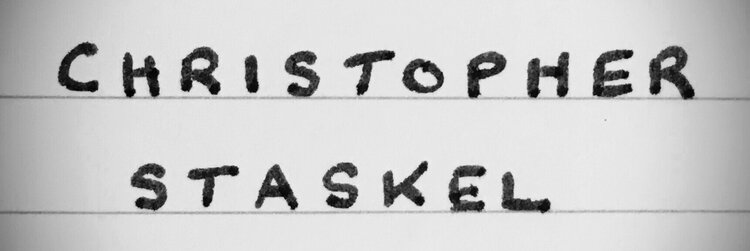yesterday i read this feature in the New York Times—via Austin Kleon’s newletter—that asked 75 artists 7 questions about creating (or not creating) work during the pandemic.
it got me thinking about what i’ve created (or not created) over the past trash-fire-of-a-year. and i find it interesting that i’ve gravitated towards smaller projects in genres or forms that i don’t typically work in, but that i’ve flirted with before.
short stories. a one-act musical screenplay to be performed live via Zoom. i even wrote a murder mystery dinner party for my family at the start of lockdown, which is something i’ve been wanting to do since i become obsessed with them as a kid.
it makes me think of a line from my favorite novel, Cloud Atlas, by David Mitchell:






